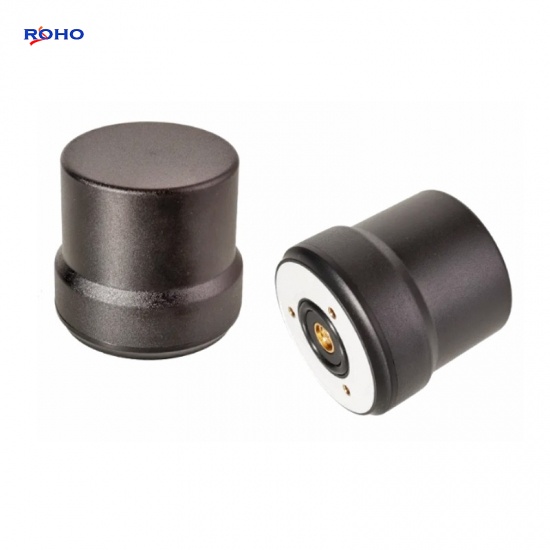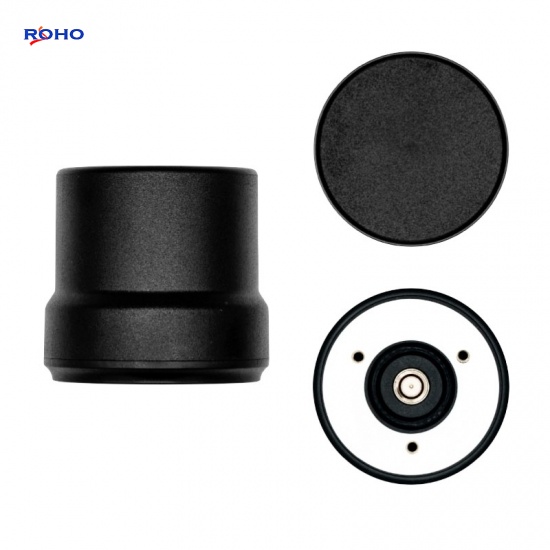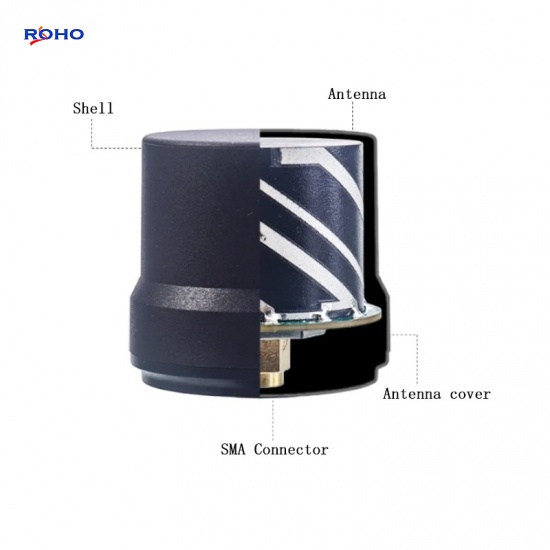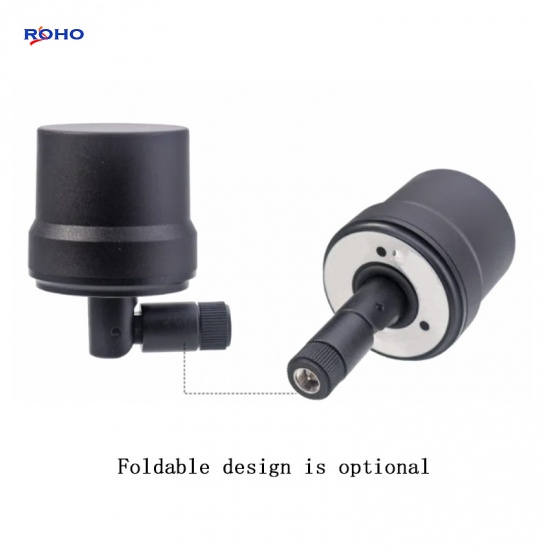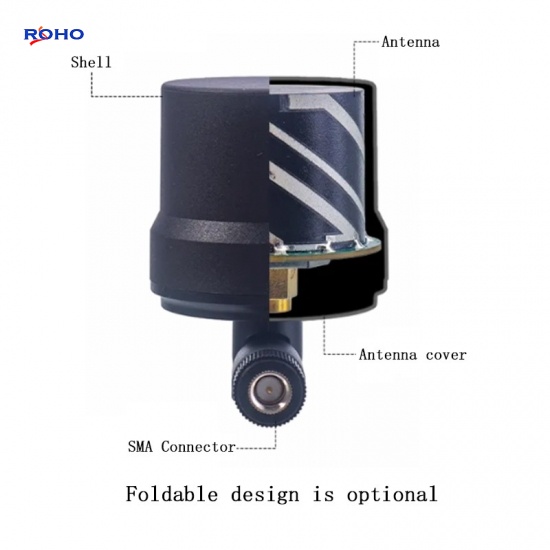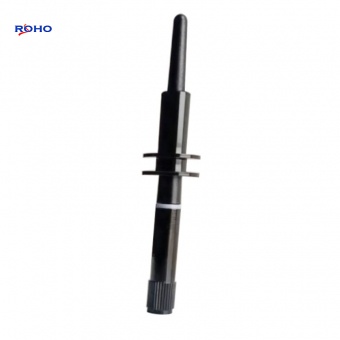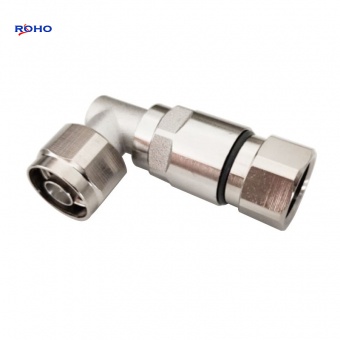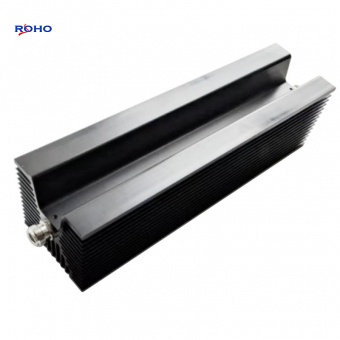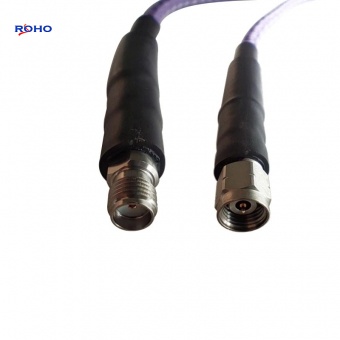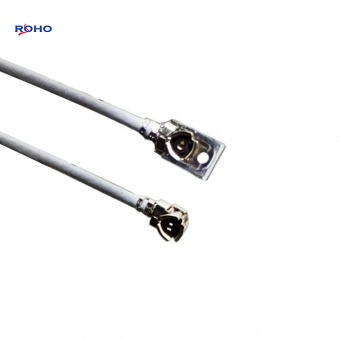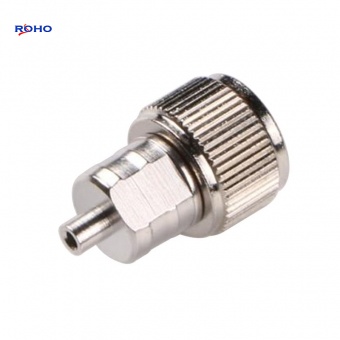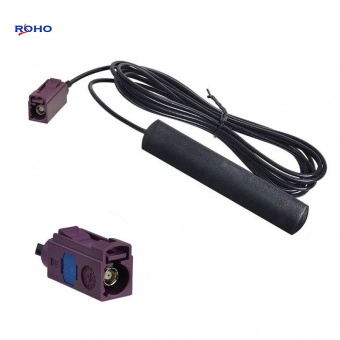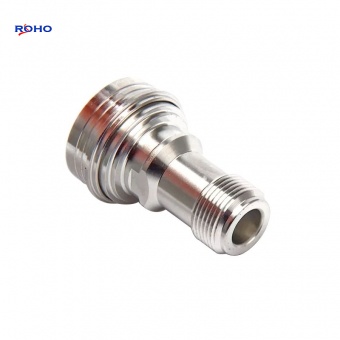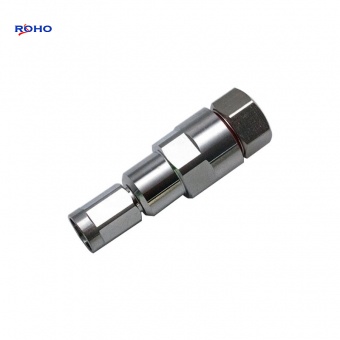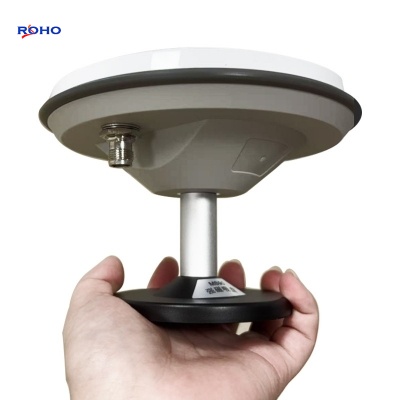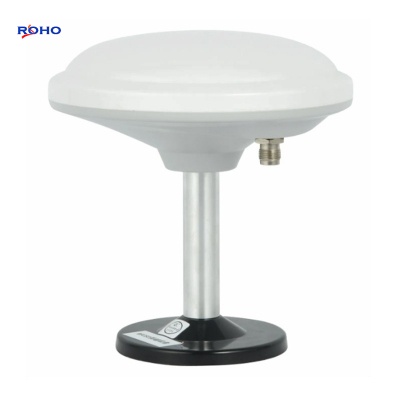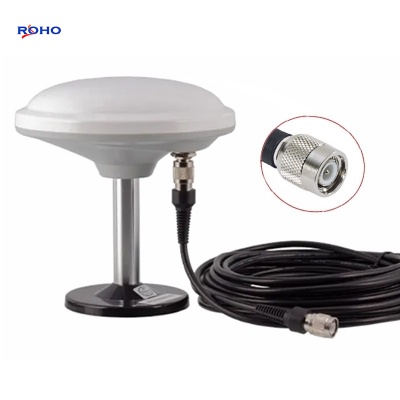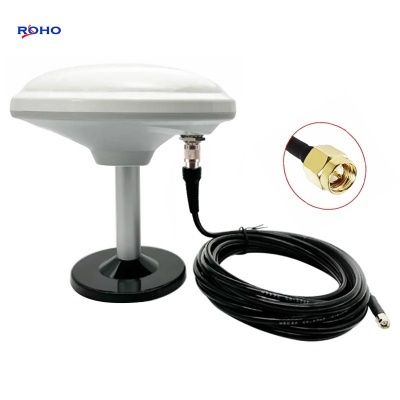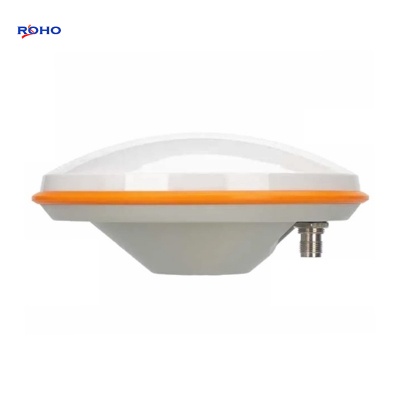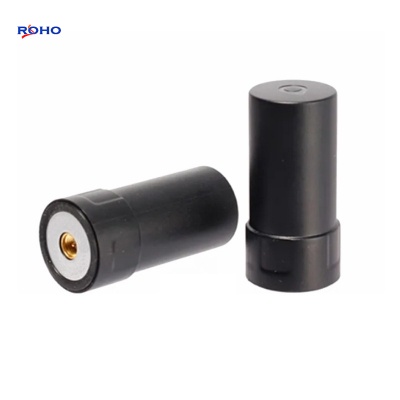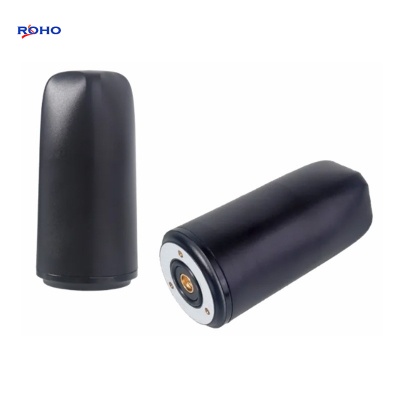Compact Helical GNSS Tripleband L-band IP67 RTK Antenna for High Precision Manual Mapping
The primary function of an RTK antenna is to receive satellite signals with maximum purity and minimal distortion. This high-fidelity signal reception is the foundational step that allows the RTK receiver to perform complex calculations and achieve centimeter-level accuracy; Modern RTK antennas are designed to receive multiple satellite frequencies (e.g., GPS L1/L2/L5, Galileo E1/E5/E6, GLONASS G1/G3, BeiDou B1/B2/B3),This allows them to access more satellites and use advanced signals, leading to faster convergence times and higher reliability.
Specifications
| Electrical Data | |
Supported positioning signal bands(optional) |
GPS: L1/L2/L5 |
| BDS: B1/B2/B3 | |
| GLONASS: L1/L2/L3 | |
| Galileo: E1/E5a/E5b/E6 | |
| QZSS: L1/L2/L5/L6 | |
| IRNSS: L5 | |
| L-Band | |
| Polarization | RHCP |
| Peak gain | 2dBi |
| Axial ratio | Elevation90° ≤3dB |
| Azimuth Coverage | 360 degrees |
| VSWR | <2.0 |
| Impedance | 50Ω |
| LNA Gain | 33 ± 2dB |
| Noise figure | <1.5 |
| Voltage | 3~16V |
| Operating current | <35mA |
| Mechanical Data | |
| Mounting style | Direct on SMA connector |
| Connector | SMA male |
| Environmental Data | |
| Operating Temperature | -45'c to +85'c |
| -45'c to+85'c | |
| IP Rating | IP67 |
| RoHS | Yes |
Applications
- Precision Agriculture
- Surveying and Mapping
- Directivity and bandwidth
- Robotics and Drones (UAVs)
- Autonomous Vehicles and ADAS
- Construction and Machine Control




